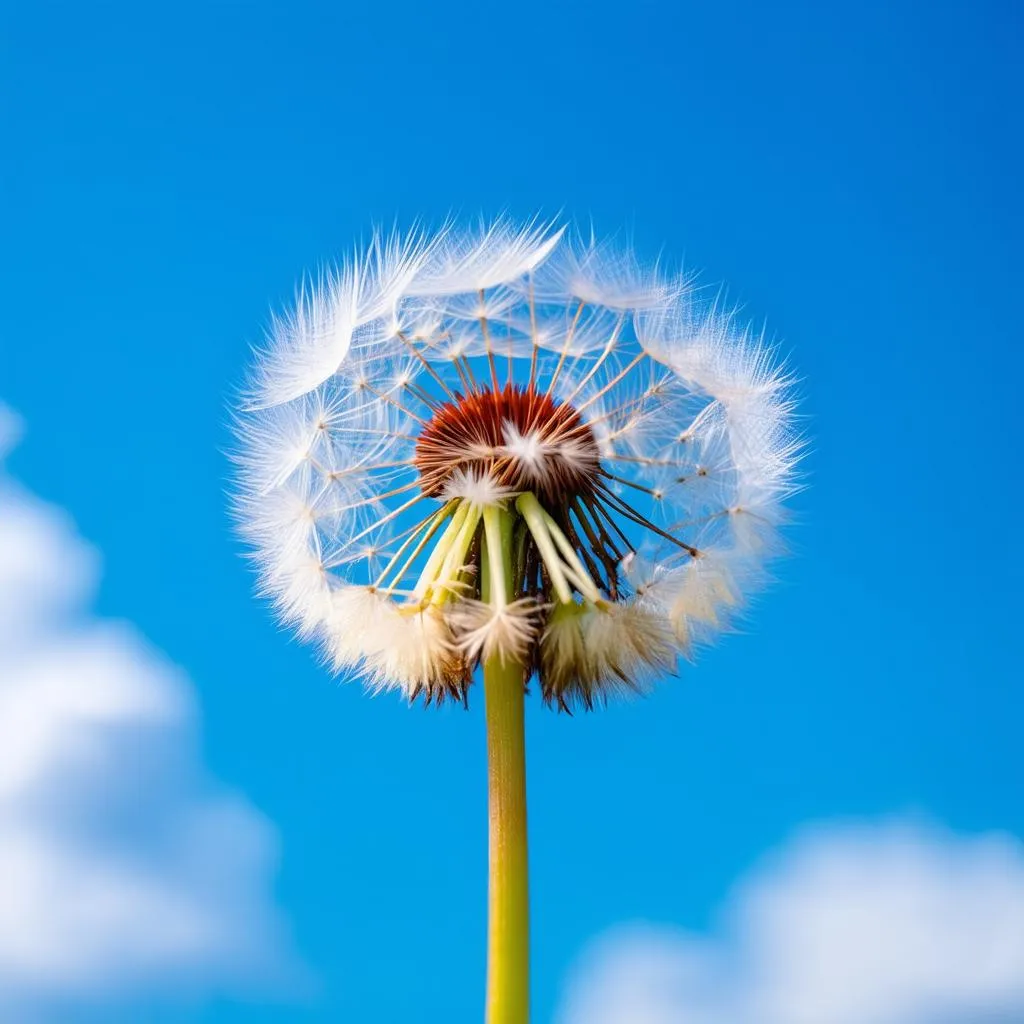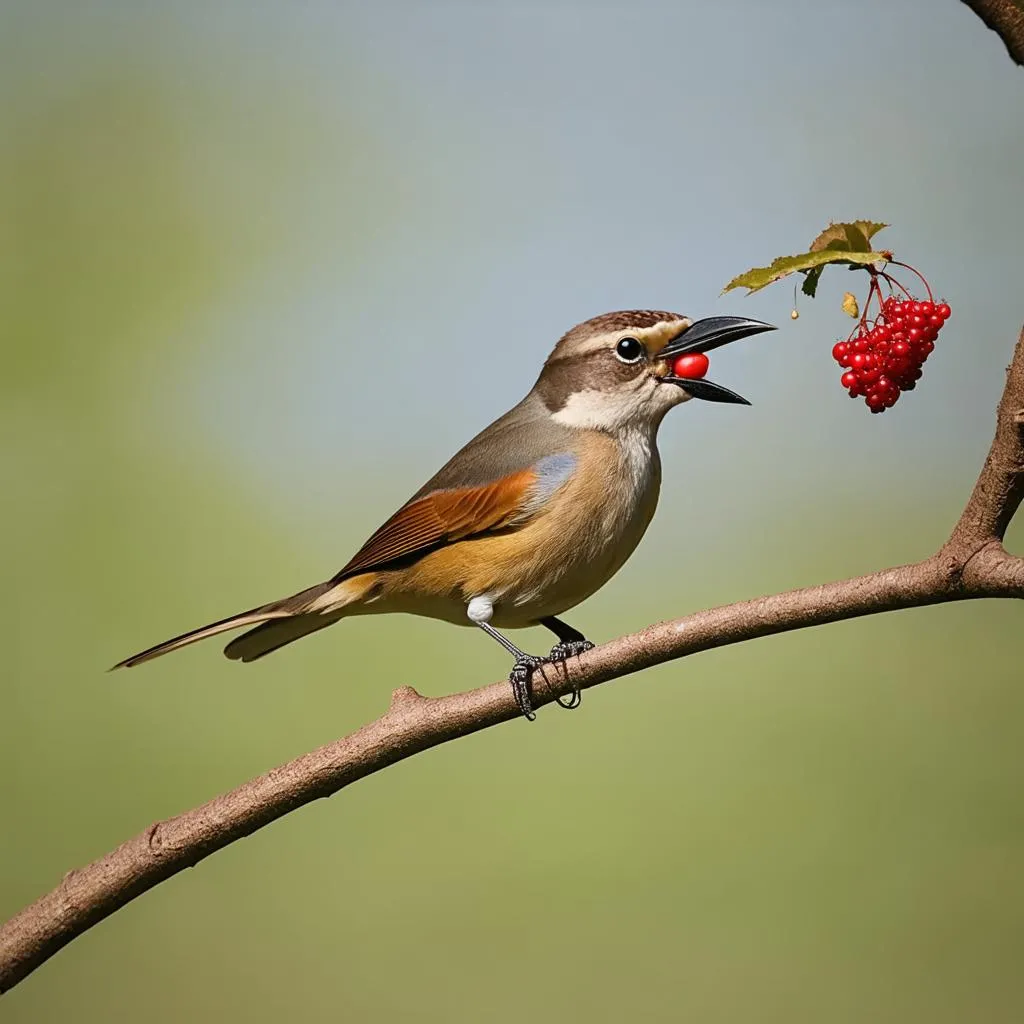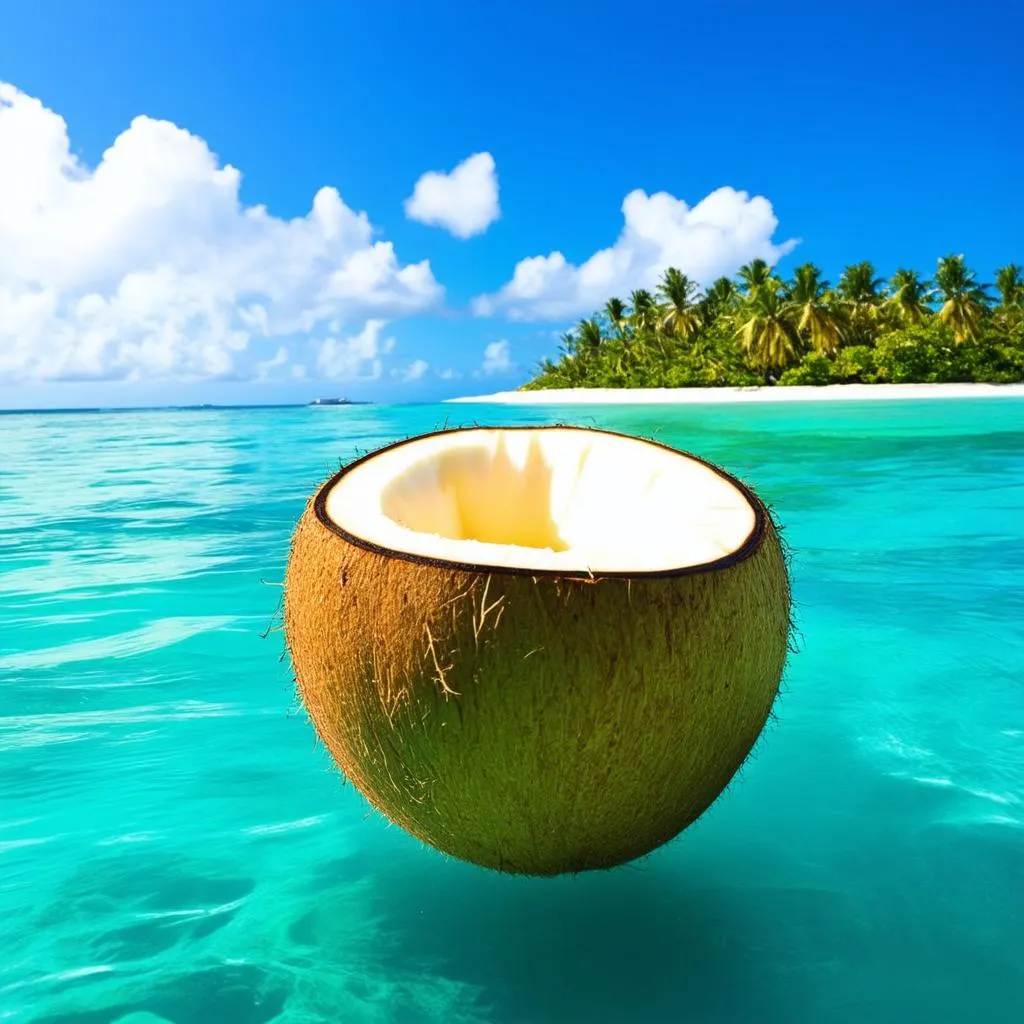Have you ever wondered how a single seed can travel miles and miles to sprout into a magnificent tree in a completely different place? It’s a fascinating journey full of adventure, chance encounters, and ingenious adaptations. Like a seasoned traveler carefully planning their itinerary, seeds have developed incredible ways to navigate the world, ensuring the survival and spread of their species. So buckle up, grab your virtual compass, and join us as we explore the fascinating world of seed dispersal!
The Why and How of Seed Travel
Just like humans, plants benefit from exploring new horizons. Spreading out, or seed dispersal, allows plants to:
- Avoid Competition: Imagine being a young seedling trying to grow in the shadow of your parent tree. It would be tough to compete for sunlight, water, and nutrients! Dispersal allows seeds to find their own space to thrive.
- Colonize New Habitats: A change of scenery can be a good thing! Seed dispersal allows plants to adapt to different environments, increasing their chances of survival.
- Escape Disease: If all seeds stayed close to the parent plant, a single disease could wipe out an entire generation. Dispersal helps to spread the risk.
Nature is quite clever, wouldn’t you say? Now, let’s explore the fascinating ways seeds actually make this journey.
Hitching a Ride: Seed Dispersal by Wind
Picture this: a dandelion clock bursting open on a breezy day, its seeds floating effortlessly on tiny, parachute-like structures. This, my friends, is wind dispersal, a method used by many plants, including maple trees with their helicopter-like seeds and cottonwood trees with their fluffy, airborne seeds.
If you’re ever strolling down the Champs-Élysées in Paris during springtime, look out for the fluffy white seeds of the Poplar trees – a perfect example of wind dispersal in action.
Going with the Flow: Seed Dispersal by Water
Many aquatic plants, like the coconut palm and the mangrove tree, use water as their mode of transport. These seeds are buoyant, with waterproof coatings that allow them to float for long distances before finding land to germinate.
Did you know that coconuts can travel thousands of miles across oceans? This incredible journey has allowed them to colonize tropical islands and coastal regions worldwide. Imagine finding a coconut on a beach in Bali – who knows where its journey began?
Animal Allies: Seed Dispersal by Animals
Some seeds prefer a more personal touch. They hitch a ride on the fur or feathers of passing animals, often by using hooks, barbs, or sticky substances. You’ve probably seen this yourself after a walk in the woods – those pesky burrs clinging to your socks are a classic example!
Other seeds entice animals with a tasty treat, enclosed within a fleshy fruit. Birds, mammals, and even insects feast on these fruits, dispersing the seeds through their droppings.
“The relationship between fruit-bearing plants and animals is a beautiful example of mutualism,” says Dr. Emily Carter, a botanist specializing in seed dispersal. “Animals get a nutritious meal, and the plants get their seeds dispersed far and wide.”
Launching into the Future: Explosive Dispersal
Some plants have a more dramatic way of sending their seeds on their way – they literally launch them into the air! These plants, like the touch-me-not (Impatiens) and the sandbox tree (Hura crepitans), build up pressure within their seed pods until, with a loud pop or bang, they burst open, flinging seeds in all directions.
Travel Tips for Seeds (and Humans Too!)
Just like any seasoned traveler, seeds have to be prepared for their journey. Here are a few of their “travel hacks”:
- Packing Light: Small, lightweight seeds travel farther on the wind.
- Staying Hydrated: Seeds dispersed by water have waterproof coatings to survive their journey.
- Traveling in Style: Seeds dispersed by animals often have bright colors or tasty rewards to attract their rides.
Planning a trip? Perhaps these seed dispersal strategies can inspire you! Check out our article on how to get free travel packages and discover new ways to explore the world.
FAQs: Unpacking Your Seed Dispersal Questions
Q: What is the farthest a seed has traveled?
A: While it’s hard to track every seed, the record for the longest documented sea dispersal goes to the sea heart (Entada gigas), whose large seeds have been known to travel over 6,000 miles!
Q: How do plants know where to send their seeds?
A: Plants don’t consciously choose where to send their seeds. It’s all about chance and adaptation. Seeds dispersed in certain directions may find favorable conditions and thrive, passing those traits onto future generations.
Seed Dispersal: A Never-Ending Journey
The next time you encounter a seed, take a moment to appreciate its incredible journey. It’s a tale of adventure, resilience, and the remarkable adaptations that allow life to flourish in every corner of our planet.
If you’re feeling inspired to learn more about the wonders of the natural world, be sure to check out the travel guides and resources available on travelcar.edu.vn.
Don’t forget to share your thoughts and travel stories in the comments below! Who knows, maybe you’ll inspire someone to embark on their own journey of discovery.
 Seed Dispersal by Wind
Seed Dispersal by Wind
 Seed Dispersal by Animal
Seed Dispersal by Animal
 Seed Dispersal by Water
Seed Dispersal by Water